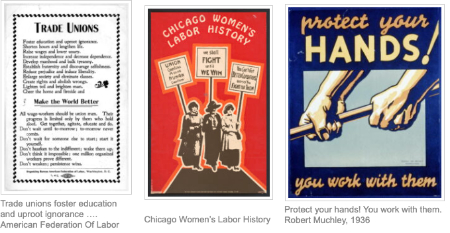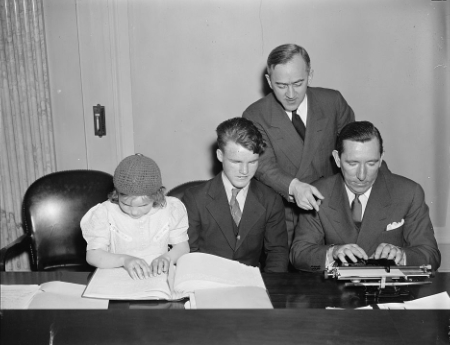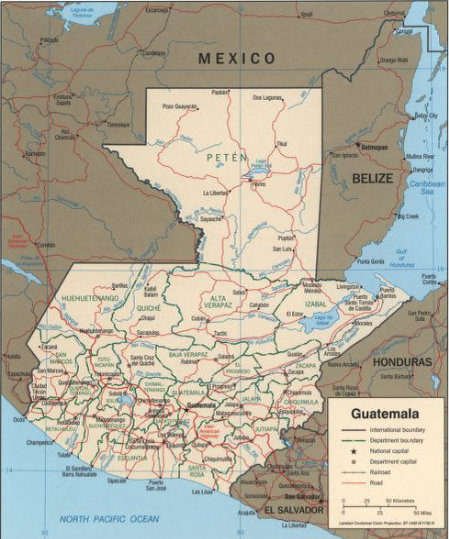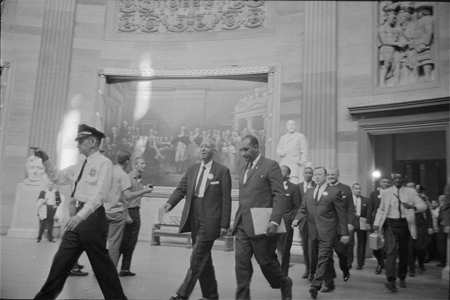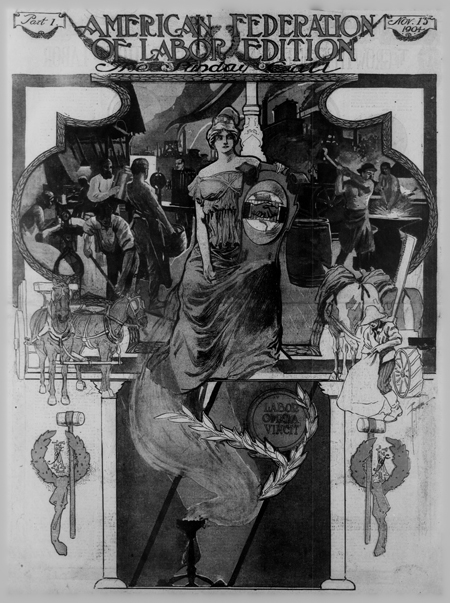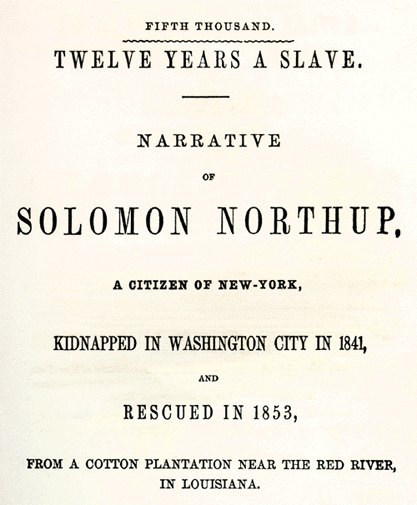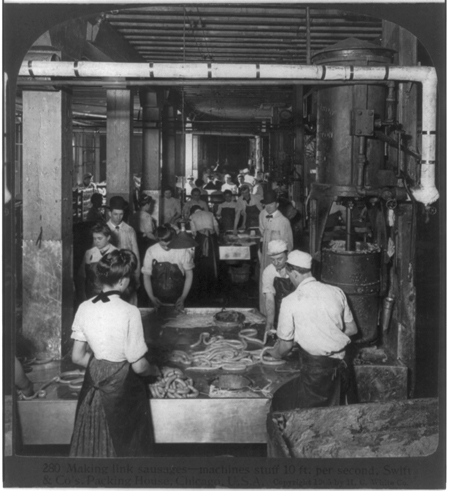Analyzing Primary Sources: Exploring Broadsides, Flyers, and Posters
In “Spreading the Word for a Cause” from the Teaching with with the Library of Congress blog, Teaching with Primary Sources intern Haleigh Reutershan provides examples of primary sources that helped spread information and encourage people to unite and support causes in the times before social media. She then offers suggestions for guiding questions and…

